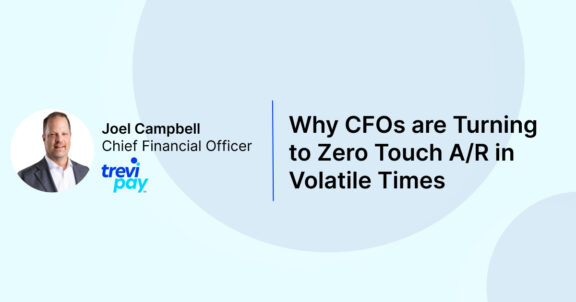Co-authored by Danny Cates and Dan Zimmerman
Three years ago, we published a blog post called “How AI is Demystifying B2B Customer Loyalty.” The value and process continue to ring true but since then Artificial Intelligence (AI) has grown from niche use to mainstream thanks in part to ChatGPT, Bard and Large Language Models (LLM).
AI and Machine Learning (ML) have been around for a long time. The predominant test to determine if a computer can think like a human is the Turing Test, invented in 1950. Over the past two decades, there’s been an explosion of innovative technology – we’ve seen functionality like voice recognition, facial recognition, translation and recommendation engines rise from novelty to sometimes terrifying accuracy.
Despite an abundance of noticeable advancements in recent history, the latest generative AI technology seems to signal even bigger changes to come. For anyone with internet access to be able to commission the instantaneous creation of a brand-new story, poem, painting or song with the click of a button is to most people remarkable, albeit unnerving. Don’t be fooled into thinking it’s frivolous and all hype though. As Chris Dixon explained back in 2010, there are reasons why the next big thing usually starts out looking like a toy.
Asking Bard how generative AI will impact B2B payments yields some useful examples that demonstrate its ability as a tool to enhance the work being done by humans:
- Improved fraud detection and prevention. Generative AI can be used to analyze large amounts of data to identify patterns that may indicate fraudulent activity. This can help to prevent fraudsters from stealing money or personal information from businesses and their customers.
- Automated invoice processing. Generative AI can be used to automatically process invoices, extract data and identify errors. This can save businesses time and money and help to ensure invoices are paid on time.
- Enhanced customer experience. Generative AI can be used to create more personalized and engaging payment experiences for customers. For example, AI-powered chatbots can answer customer questions about payments and AI-powered tools can help customers track their payments and manage their accounts.
- Improved compliance. Generative AI can be used to help businesses to comply with regulations related to payments. For example, AI can be used to identify and monitor high-risk transactions and to generate reports that demonstrate compliance with regulations.
CTO and CPO of Spotify, Gustav Söderström, stated in a recent interview that successful products need to do something that users perceive as “magic.” Something shockingly good or useful. AI is especially powerful at creating a magical user experience. Here are some of the ways TreviPay and other fintechs are leveraging AI and ML to create useful and shockingly good user experiences.
TreviPay leverages machine learning (ML) and AI predictive capabilities as a tool to help underwriters make decisions more accurately and faster. This capability creates a “magical” experience that enables some decisions to be made in under 30 seconds compared to in-house accounting teams which are typically manual and take multiple days. This creates efficiency internally and unlocks a lot of value for our clients. Buyers can ‘apply and buy’ in real-time, which increases conversion rates while simultaneously eliminating overhead on A/R teams. Similarly, we’ve been able to build technology that helps our payment application team to identify which invoice a payment is likely to be associated with, even when a remit is not provided.
In fintech, the ability to overcome the inertia of legacy technology platforms and systems of records is critical to success. TreviPay prioritizes creating the best possible integration experience for our clients. Toward this end, we launched the latest version of our help documentation that includes ChatGPT to help users improve searching. Though the keyword search capability in our help docs is already powerful on its own, it’s even easier to simply ask a question in natural language and get a straightforward answer with links for reference. Layer on top of that, translating the answer into the developer’s exact job to be done and it becomes another form of magic. For example, a developer could type “write a javascript function that requests a credit limit increase” and have a code snippet instantly returned. Magic.
Industry-wide, while new product development announcements are plentiful, from BloombergGPT to Chase’s IndexGPT, or even HSBC’s ESG Index, it is still early days for generative AI in fintech. Kasisto, the maker of banking chatbots, announced its own large language model, KAI-GPT, billed as the world’s first banking-specific LLM. Meanwhile, the Consumer Financial Protection Bureau (CPFB) is actively reminding fintechs of their obligation to provide accurate information with the new technology. Generative AI is incredible at communicating as humans do, with both receptive and expressive language skills. The next piece of magic to come will most likely take the form of interpreting and answering questions to discover insights that may not otherwise be known.
What insights can generative AI unlock in your business and what magic can that create for your customers?






